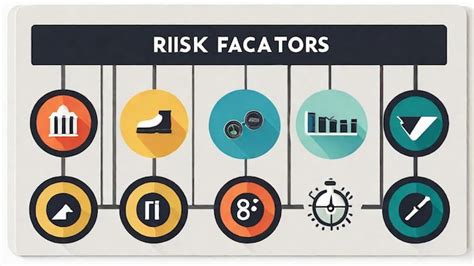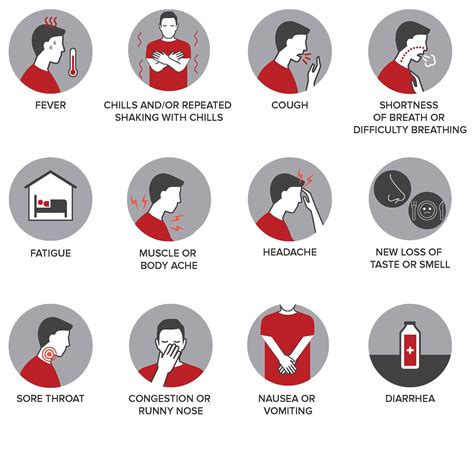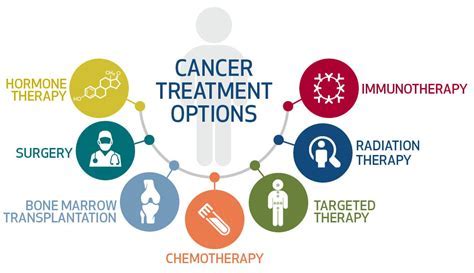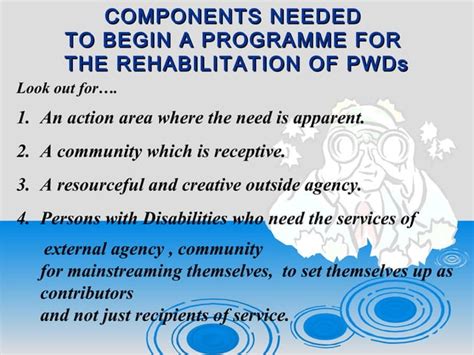Intro
Learn about Labrum Slap Tear Shoulder, a common injury causing shoulder pain. Discover symptoms, treatment options, and rehabilitation for labral tears, SLAP lesions, and shoulder instability, and find relief from chronic shoulder discomfort.
The shoulder is one of the most complex and mobile joints in the human body, allowing for a wide range of movements in three dimensions. However, this complexity and mobility also make the shoulder more susceptible to various injuries, including labrum slap tear shoulder injuries. A labrum slap tear, also known as a superior labrum anterior-posterior (SLAP) lesion, is a specific type of injury that affects the labrum, a ring of cartilage that surrounds the socket of the shoulder joint. Understanding the causes, symptoms, diagnosis, and treatment options for labrum slap tear shoulder injuries is crucial for individuals who engage in sports or activities that involve throwing or overhead movements.
The labrum plays a vital role in shoulder stability and mobility, deepening the socket of the shoulder joint and providing a secure attachment site for the surrounding muscles and ligaments. A labrum slap tear occurs when the labrum is damaged, typically in the superior (upper) region, and can be caused by various factors, including acute trauma, repetitive strain, or chronic wear and tear. Athletes who participate in sports such as baseball, tennis, or volleyball are at a higher risk of developing labrum slap tears due to the repetitive throwing or overhead movements involved in these activities.
In addition to athletes, individuals who perform repetitive overhead movements or heavy lifting as part of their job or daily activities may also be at risk of developing labrum slap tears. The symptoms of a labrum slap tear can vary depending on the severity of the injury, but common complaints include pain, especially with overhead movements or throwing, decreased range of motion, and a feeling of instability or catching in the shoulder joint. If left untreated, a labrum slap tear can lead to further complications, such as chronic pain, decreased athletic performance, and increased risk of additional shoulder injuries.
Causes and Risk Factors

Acute Trauma
Acute trauma is a common cause of labrum slap tears, particularly in athletes who participate in contact sports. A direct blow to the shoulder or a fall onto an outstretched arm can cause a sudden labrum tear. The force of the impact can disrupt the labrum, leading to pain, inflammation, and decreased shoulder function.Repetitive Strain
Repetitive strain is another common cause of labrum slap tears, particularly in athletes who participate in sports that involve repetitive throwing or overhead movements. The repetitive stress on the labrum can cause micro-trauma, leading to chronic inflammation and eventual labrum tears. Poor throwing mechanics, such as using an improper pitching motion, can also contribute to repetitive strain on the labrum.Symptoms and Diagnosis

Physical Examination
A physical examination is a crucial component of diagnosing labrum slap tears. The physician will perform various tests, including the O'Brien test, the labral shear test, and the apprehension test, to assess the patient's shoulder mobility, strength, and stability. These tests can help identify labrum damage and determine the severity of the injury.Imaging Studies
Imaging studies, such as X-rays, computed tomography (CT) scans, or magnetic resonance imaging (MRI) scans, may be ordered to confirm the diagnosis and rule out other potential causes of shoulder pain. An MRI scan is particularly useful for visualizing the labrum and surrounding soft tissues, allowing the physician to assess the extent of the labrum damage and develop an effective treatment plan.Treatment Options

Conservative Treatment
Conservative treatment for labrum slap tears typically involves a combination of physical therapy, pain management, and activity modification. Physical therapy can help improve shoulder mobility, strength, and stability, while pain management strategies, such as anti-inflammatory medications or corticosteroid injections, can help reduce pain and inflammation. Activity modification, such as avoiding overhead movements or throwing, can help reduce stress on the labrum and promote healing.Surgical Treatment
Surgical treatment for labrum slap tears typically involves arthroscopic surgery, which allows the surgeon to visualize the labrum and surrounding soft tissues through a small camera and perform repairs or reconstructions as needed. The surgeon may use sutures or anchors to reattach the labrum to the surrounding bone, or may perform a labral reconstruction to replace the damaged labrum with healthy tissue.Rehabilitation and Recovery

Physical Therapy
Physical therapy is a critical component of rehabilitation for labrum slap tears. A physical therapist can help the patient develop a customized exercise program to improve shoulder mobility, strength, and stability, while reducing pain and inflammation. The exercise program may include exercises such as shoulder rotations, scapular stabilization, and strengthening exercises for the surrounding muscles.Pain Management
Pain management is also an essential component of rehabilitation for labrum slap tears. The patient may use anti-inflammatory medications or corticosteroid injections to reduce pain and inflammation, while also using other pain management strategies, such as ice or heat therapy, to promote healing and reduce discomfort.What are the symptoms of a labrum slap tear?
+The symptoms of a labrum slap tear can vary depending on the severity of the injury, but common complaints include pain, especially with overhead movements or throwing, decreased range of motion, and a feeling of instability or catching in the shoulder joint.
How is a labrum slap tear diagnosed?
+A thorough medical history and physical examination are essential for diagnosing labrum slap tears. The physician will assess the patient's shoulder mobility, strength, and stability, as well as evaluate for any signs of labrum damage, such as pain or tenderness in the shoulder joint. Imaging studies, such as X-rays, CT scans, or MRI scans, may also be ordered to confirm the diagnosis and rule out other potential causes of shoulder pain.
What are the treatment options for a labrum slap tear?
+The treatment options for a labrum slap tear depend on the severity of the injury, as well as the patient's overall health and activity level. Conservative treatment, including physical therapy, pain management, and activity modification, is often the first line of treatment for mild to moderate labrum slap tears. However, more severe injuries may require surgical intervention to repair or reconstruct the damaged labrum.
In conclusion, labrum slap tears are a common injury that can affect athletes and individuals who participate in activities that involve repetitive throwing or overhead movements. Understanding the causes, symptoms, diagnosis, and treatment options for labrum slap tears is crucial for developing effective prevention and treatment strategies. By following a well-structured rehabilitation program and using a combination of physical therapy, pain management, and activity modification, individuals can reduce their risk of developing labrum slap tears and promote optimal shoulder health. We encourage readers to share their experiences and ask questions about labrum slap tears in the comments section below. Additionally, please consider sharing this article with others who may be interested in learning more about labrum slap tears and shoulder health.
